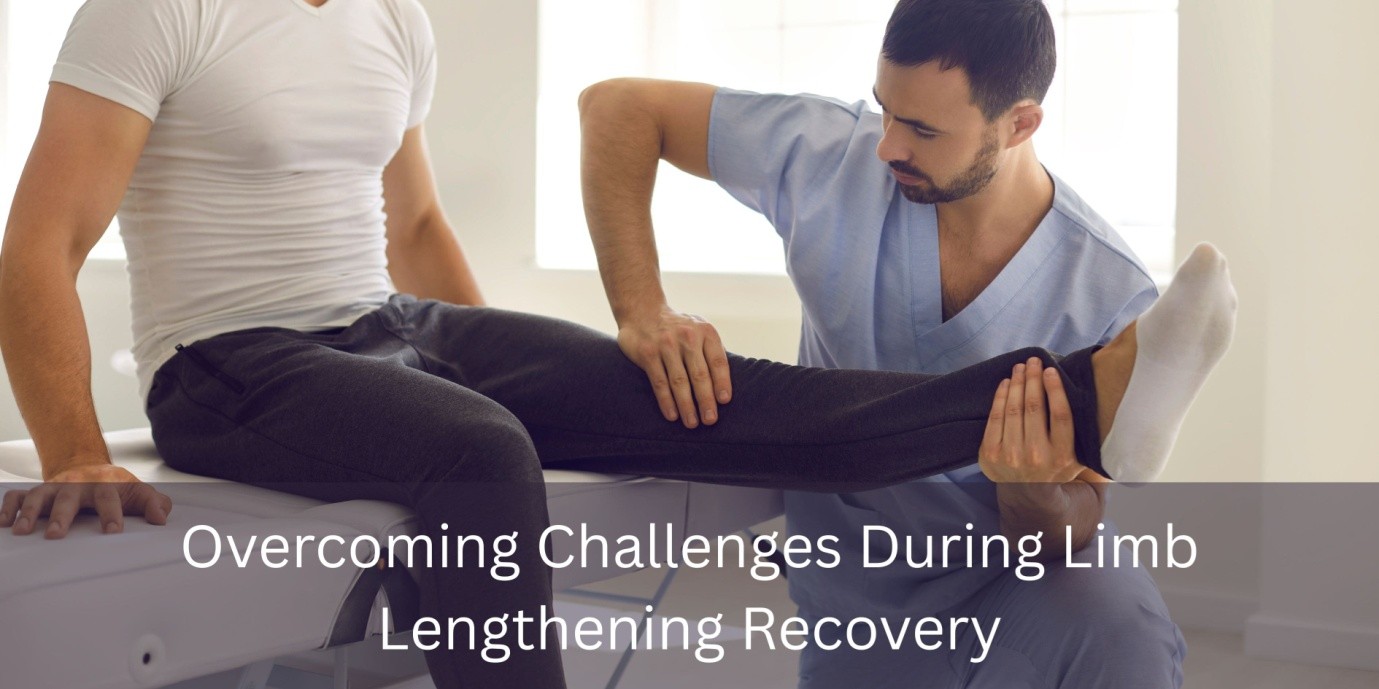
Overcoming Challenges During Limb Lengthening Recovery
1. The Journey Isn’t Over After Surgery
So, you’ve had limb lengthening surgery-first off, hats off to you. That’s a massive, courageous step. But c’mon, the hard part isn’t necessarily the surgery, but the aftermath.
The process of healing can seem like a whole other mountain to scale. One day you might be excited, and the next you might be drained. The highs and lows, the pain, the waiting… it’s just part of it. And while it sometimes may seem like no one does, you are not alone. So many have stood where you now stand, have felt the frustration, the hope, the impatience, and the pride as well, and many have emerged more powerful. This is not to gloss over the reality of the struggle this is to recognize the struggle and move forward regardless. Let’s be real about recovery, what trips that up, and how you can continue to recover even if sometimes it seems like you are crawling.
2. Pain Handling: Learning the Safe Limit and Listening to Your Body
Okay, let’s talk about pain-because let’s face it, it’s real.
The first few weeks, there’s discomfort, that’s the deal. You are asking your body to do something amazing, grow new bone, stretch muscles and nerves that were not meant to be stretched. It’s going to push back.
But the thing is not all the pain is created same. Some soreness is normal. Sharp shooting pain, that might need a check-in with your doctor.
Here are some practical tips from real patients' journeys:
- If the pain changes suddenly or comes with tingling or numbness, don’t ignore it. Get in touch with your medical team.
- Don’t be a hero. If something doesn’t feel correct, halt and assess.
- Pain meds are useful but also warm baths, breathing exercises and old school distraction.
- You don’t have to be quiet and you don’t have to grind it out. Recovery is walking well the line, trying too hard & not trying hard enough.
3. Mental Health: The Emotional Rollercoaster No One Warns You About
Now this is very common that this process messes with your head.
One moment you feel great about your improvement and the next you’re annoyed and in your head. You may feel alone, burnt out, or simply exhausted from being in recovery.
Here’s what helps many people keep their head above water:
- Document your wins:Even if it’s 1mm of something or 30 seconds more – that is a win.
- Get on the phone:a friend, a therapist, anyone who has survived it. You are not alone with this.
- Routine helps:It can make a massive difference in your day to have structure even if you are stuck at home.
This is not simply a physical journey, also emotional. Allow yourself to feel what you feel.
4. Physiotherapy: From Routine to Ritual
Physical therapy isn’t just homework from your doctor-it’s the bridge between where you are and where you want to be.
It might be slow. It might be boring. Some days it might even feel pointless. But it works.
Here’s the deal:
- It’s normal to be less motivated: Don’t be hard on yourself. Setting small, achievable daily objectives can be helpful.
- It’s not linear: One moment you’ve felt like you’ve been in the mud for days and suddenly you break through.
- It’s okay to be scared: Most people wonder if they are doing too much. Trust your therapist to understand where the pushing becomes harmful.
Even if you can only do 5 or 10 minutes per day, it’s a start. Make it about consistency not perfection.
5. Social Life and Identity: Adjusting to the “New You”
Let’s talk about how weird it can be to re-enter the world.
Maybe people treat you differently. Maybe you’re getting attention you’re not used to. Maybe you feel taller-but also unsure.
That’s normal.
It is not simply your stature or how you are lined up, but how you perceive yourself can get jostled.
A few things to note:
- You don’t have to tell anyone anything about your story: Only tell what you want to tell. Proud not pressured.
- Dress to feel good: Your body may have changed or affected how you dress. The brainstorming can even be a fun part of it.
- Connect with us: If you’re not yet ready to be social, text a friend, join an online group, or take up a new activity.
It is a metamorphosis; emotional, physical & mental. Let it shape you, not scare you.
6. Conclusion: One Step at a Time-Literally and Figuratively
There’s no sugarcoating it-limb lengthening recovery is tough. But it’s also temporary.
The soreness, the setbacks, and the slow days-they pass. What you’re building in their place is strength, discipline, patience, and resilience.
So show yourself some kindness. Celebrate the small winnings. And just remember that you’re not behind- you are over building.
This is your journey. Take it one step at a time.
